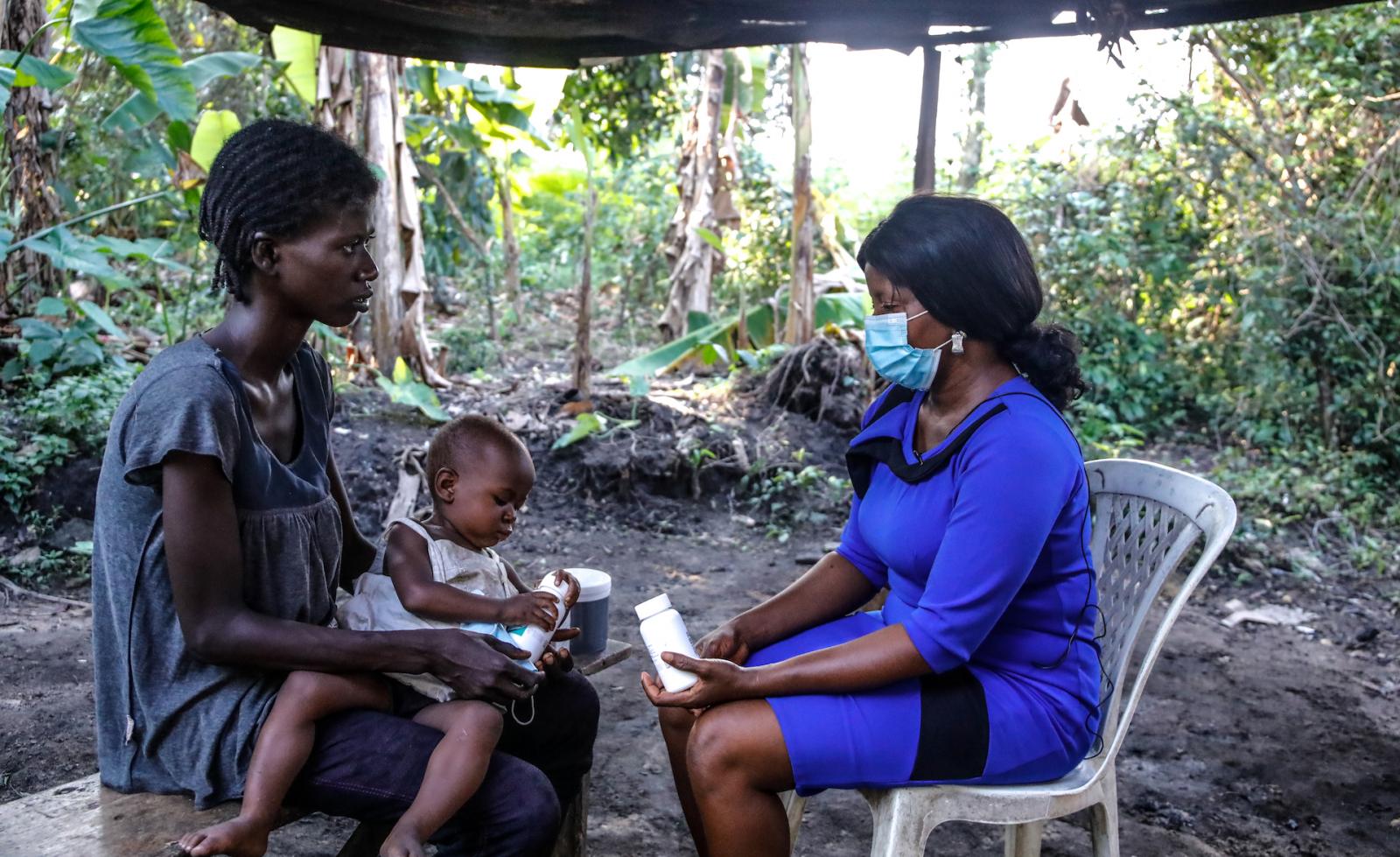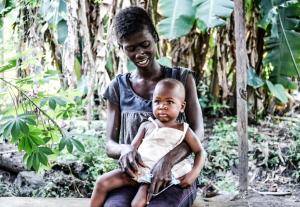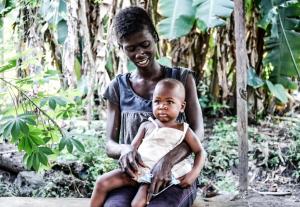Adetimi Bayo lives with HIV in a heart of poverty in remote Nigeria. Being remote and being poor can mean out of reach of help and hope. When Nigeria decided to change its AIDS story, it changed the life story of thousands of people like Bayo.
Back in 2018, the country which has the third highest burden of HIV cases was struggling with an ineffective response characterized by poor data quality, low service coverage and sub-optimal coordination and ownership.
As part of the catch-up plan, a recommendation for differentiated service delivery of HIV care, targeting key populations became essential to the country turning around its AIDS story. This innovation takes a people-centred approach that simplifies and adapts HIV services to their different needs. Facilities have integrated HIV care with general health care. In the southern coastal region where Bayo lives, Heartland Alliance operates four 24-hour one-stop shops with provision for group pick-up of medication among peers. Its health workers make village visits.

“We have been able to ensure that 100% of our clients are retained in care and that we provide quality pharmaceutical care, so we are able to monitor them. We are able to guide them and provide the support they need in their therapy,” explained Anya Chidinma, a pharmacist with Heartland Alliance in 2021. They operate similarly with viral load testing, psychosocial support and even cervical cancer screening. “We are able to take it down to the community,” said Chidinma.
“The health workers at the facility treat me very well,” said Bayo. When she became pregnant, they advised her on how to keep the disease from passing to her child and her child was born and remains HIV-free. She named the girl Goodnews.
Coverage of HIV treatment in Nigeria in 2021 was around 90%, up from 50% in 2015, when only about 61% of the population knew their status. New infections are on a downward trend, from 95,000 in 2015 to 74,000 in 2021.



